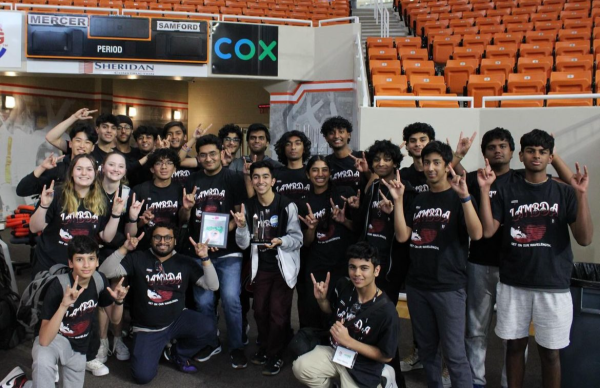Films: a platform for gender empowerment

A woman sits in the busy streets of New Dehli, the capital of India. The city is home to the Indian parliament, which is making strides to amend laws against the “criminalization” of rape victims.
In a country where women’s rights have progressed so much over the last 7 decades, it is easy to overlook the plight of the female gender across the world. According to Overcoming Violence, a group of churches looking to decrease the amount of violence women face, “Around the world at least one woman in every three has been beaten, coerced into sex, or otherwise abused in her lifetime. Most often the abuser is a member of her own family.” Staggering statistics like this, are often overlooked and call for no action from the reader.
In a movement to shed light against the atrocities committed against women, budding filmmakers across the globe have created emotionally provocative films that create a push for change within the masses.
The following three films showcase the injustice against women in India, a developing country, where domestic abuse is prevalent at higher rates.
1. Mardaani (2014)
A film that follows a female police officer living in Mumbai, India, Mardaani explores human trafficking in light of female empowerment. Human trafficking in India has become a huge problem in the last decade, where many girls are kidnapped or sold by their families to pimps. In Mardaani, a young girl who is friends with the daughter of police officer Shivani Roy, disappears. In order to find her, Officer Roy begins on her pursuit to solve the case. In the process, she discovers corruption and crime, and sheds light on the human trafficking ring that has thrived in the city.
Although the movie is fictitious, it opens the eyes of many to the horrors these young girls face: “[S]ex traffickers use a variety of ways to “condition” their victims, including subjecting them to starvation, rape, gang rape, physical abuse, beating, confinement, threats of violence toward the victim and victim’s family, forced drug use, and shame,” and a move towards the protection of people has been placed in motion. According to the U.S. Department of State: “[I]n April 2013, the government [of India] amended the penal code in a manner that greatly improves the country’s laws, broadening the types of crimes considered to be trafficking and establishing more stringent sentences for traffickers.”
2. Talvar (2015)
Talvar is a film based on a true murder case that pertains to honor killings, another major crime in India. In India, there are over 1000 honor killings every year. Honor killings, by definition, are the killing of a relative, usually a female, who is perceived to have brought dishonor to the family. In this particular case, two parents, both doctors, find their daughter dead in the morning and blame the murder on their domestic servant who has disappeared, only to find later that the domestic servant has also been murdered. The film continues to explore details of the case from different perspectives, eventually determining that both parents committed the murder of the victims, as an honor killing.
Although honor killings occur at lower rates than rape in India, they still have a place in the culture. As time has progressed, many forms of honor killings have been outlawed in India. For example, sati, the burning of widows, has been prohibited since the 1987 Sati (Prevention) Act. Preventive measures by the government have also inspired the public, and has lead to the rise of several women’s rights organizations in the nation.
3.Gulaab Gang (2012)
Gulaab Gang, a film that takes place in rural India, depicts a group of women who, donned in bright pink sarees (traditional Indian garb), wreak havoc upon the corrupt institutions of India, while educating the female youth. Although, fictitious, the film characterizes the struggle for institutionalized social change for women in India. In many developing countries, victims of rape and sexual assault are criminalized, and the burden of guilt lays on the shoulders of the victim rather than the abuser. Through the scope of the movie, the lead character attempts to impact change by delving into politics, which she finds an equally corrupt platform, and eventually resorts to a seemingly anarchical state of being.
Although all three films blend fact and fiction, they reflect a greater truth: the need for a global movement for gender empowerment. Throughout the films, it becomes clear to the viewer, that the purpose behind the work of art is a call for action.
Your donation will help support The Lambert Post, Lambert High Schools student-run newspaper! Your contribution will allow us to purchase equipment and cover website hosting costs.















